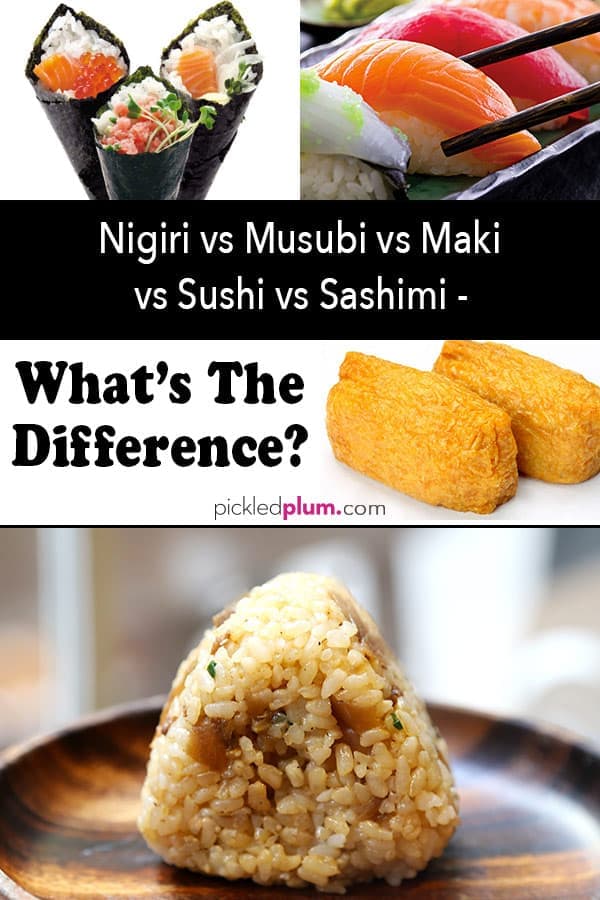Sushi and sashimi are two distinct Japanese dishes that are often confused or used interchangeably. Sushi is made with vinegared rice mixed with various ingredients such as seafood, vegetables, and wrapped in seaweed or thinly sliced fish, while sashimi is made entirely of thinly sliced raw fish or other seafood served with soy sauce and wasabi. Sushi requires more preparation time and skill than sashimi, and the flavors and textures are also different. Both dishes are nutritious, and the fish used in them is low in calories and fat, making them an excellent choice for maintaining a healthy diet.
Sushi vs. Sashimi: Understanding the Difference and Appreciating Both
Introduction
For many people, sushi and sashimi are interchangeable terms used to describe Japanese cuisine. However, they are two distinct dishes that are both delicious and unique in their way. Understanding the difference between sushi and sashimi can help you appreciate these dishes and enjoy them more fully. In this article, we will compare and contrast sushi and sashimi, highlighting their differences and similarities.
Ingredients
The most apparent difference between sushi and sashimi is the ingredients used to make them. Sushi is typically made with vinegared rice, mixed with various ingredients such as seafood, vegetables, and fruits, and then wrapped in seaweed or thinly sliced fish. Sashimi, on the other hand, is made entirely of thinly sliced raw fish or other seafood, served with soy sauce and wasabi.
Sushi Ingredients
Some popular sushi ingredients include:
- Raw or cooked seafood, such as tuna, salmon, eel, shrimp, and crab
- Vegetables, such as cucumber, avocado, and carrot
- Seasonings, such as wasabi, soy sauce, and pickled ginger
- Fruits, such as mango, pineapple, and strawberry
- Other ingredients, such as egg, sesame seeds, and mayonnaise
Sashimi Ingredients
Some popular sashimi ingredients include:
- Tuna
- Salmon
- Octopus
- Squid
- Shrimp
- Eel
- Mackerel
Preparation
Another key difference between sushi and sashimi is their preparation. Sushi requires more preparation time and skill than sashimi. The sushi rice is cooked with vinegar and sugar, giving it a unique taste and texture. The rice is then cooled, seasoned with salt and sugar, and mixed with other ingredients before being rolled or shaped into bite-sized pieces.
Sashimi, on the other hand, requires less preparation time and is served raw. The fish or seafood is sliced into thin pieces and served on a plate with soy sauce and wasabi.
Flavors and Textures
The flavors and textures of sushi and sashimi are also different. Sushi is often softer and more tender due to the addition of rice and other ingredients. It has a unique taste that comes from the vinegar used to season the rice. The combination of flavors and textures in sushi is what makes it so appealing to many people.
Sashimi, on the other hand, is mainly the taste of raw fish. The texture of the fish can vary depending on the type of fish and how it is sliced. Some sashimi is chewy, while others are more tender. The flavors in sashimi are subtle and delicate, allowing you to taste the freshness of the fish.
Nutrition
Sushi and sashimi are both nutritious dishes that offer various health benefits. Sushi is a good source of lean protein, vitamins, and minerals. The fish used in sushi is low in calories and fat, making it an excellent choice for anyone looking to maintain a healthy diet.
Similarly, sashimi is also high in essential fatty acids, vitamins, and minerals. It is a good source of lean protein, making it an excellent choice for anyone looking to maintain or lose weight.
Conclusion
In conclusion, sushi and sashimi are two distinct Japanese dishes that are both delicious and healthy. While they share some similarities, such as the use of raw fish, they are quite different in their ingredients, preparation, flavors, and textures. Understanding the differences between sushi and sashimi can help you appreciate them fully and make informed choices when choosing a dish to eat. Regardless of which dish you choose, sushi and sashimi are both excellent choices that are sure to satisfy your taste buds.
